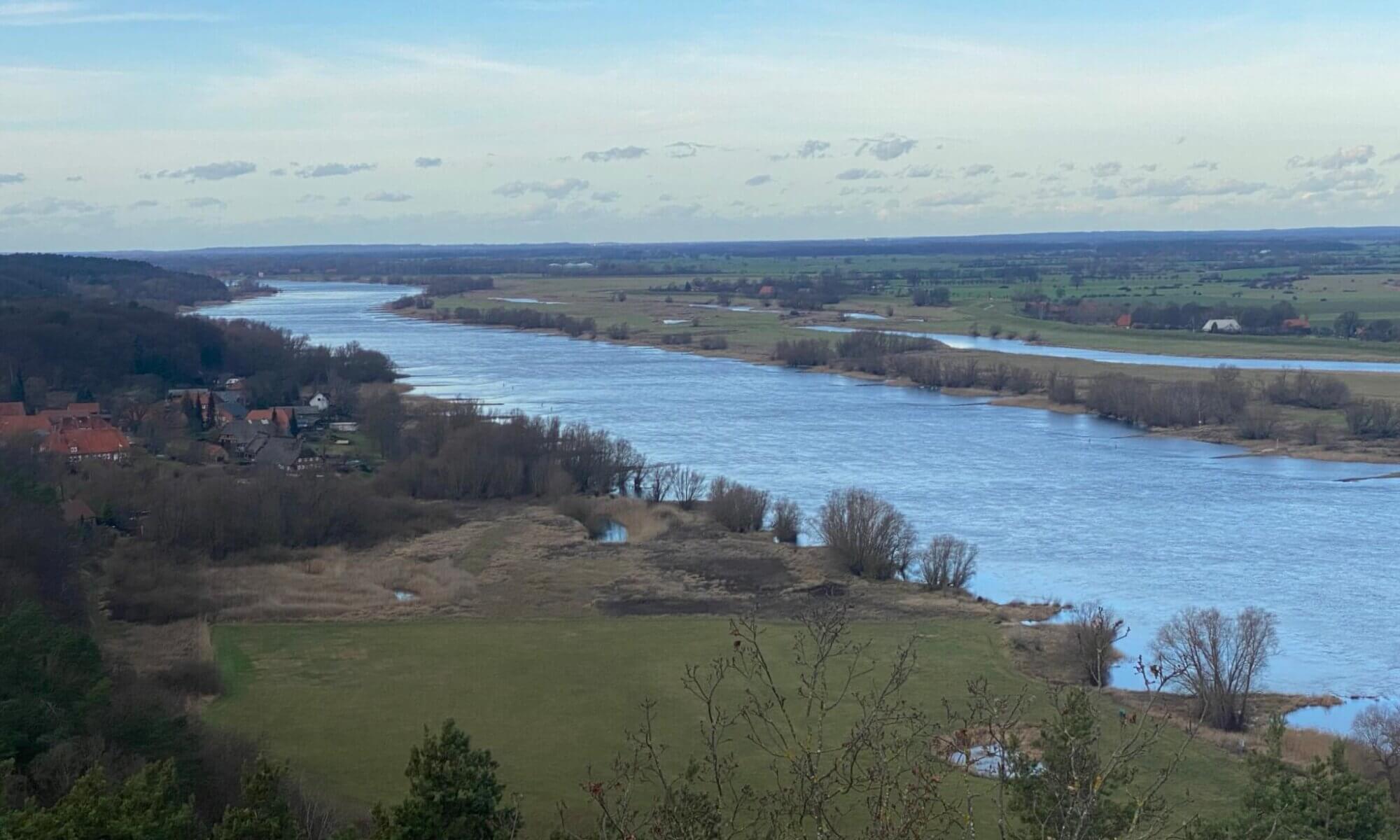The Temple of Philae stands as one of Egypt’s most enchanting ancient monuments, steeped in myth and history. Dedicated to Isis, the goddess of magic and motherhood, the sanctuary was originally erected on Philae Island near أسوان during the late Pharaonic period under Nectanebo I and expanded during the Ptolemaic era. Its creation flourished especially under Ptolemy II and III, blending Egyptian religious traditions with Hellenistic artistry. When Christianity spread through Egypt, the temple’s role as a pagan sanctuary faded; its halls were converted into churches, marking a poignant transition in Egypt’s spiritual evolution. Yet across centuries, the site preserved the essence of faith and continuity on the Nile’s southern frontier.
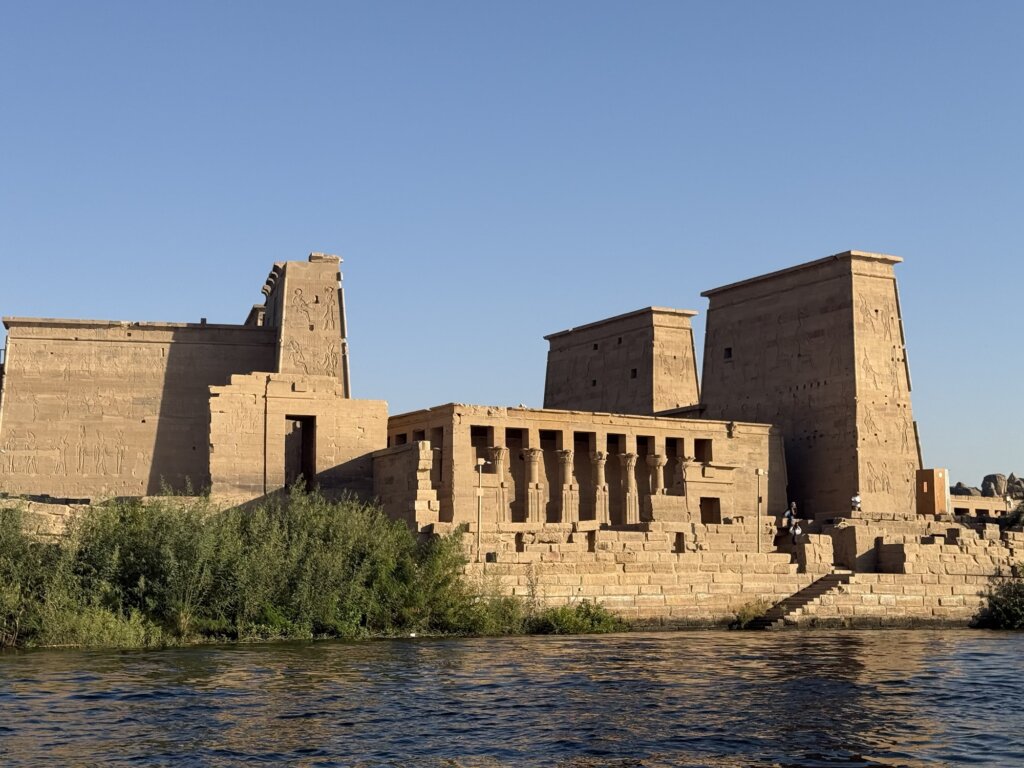
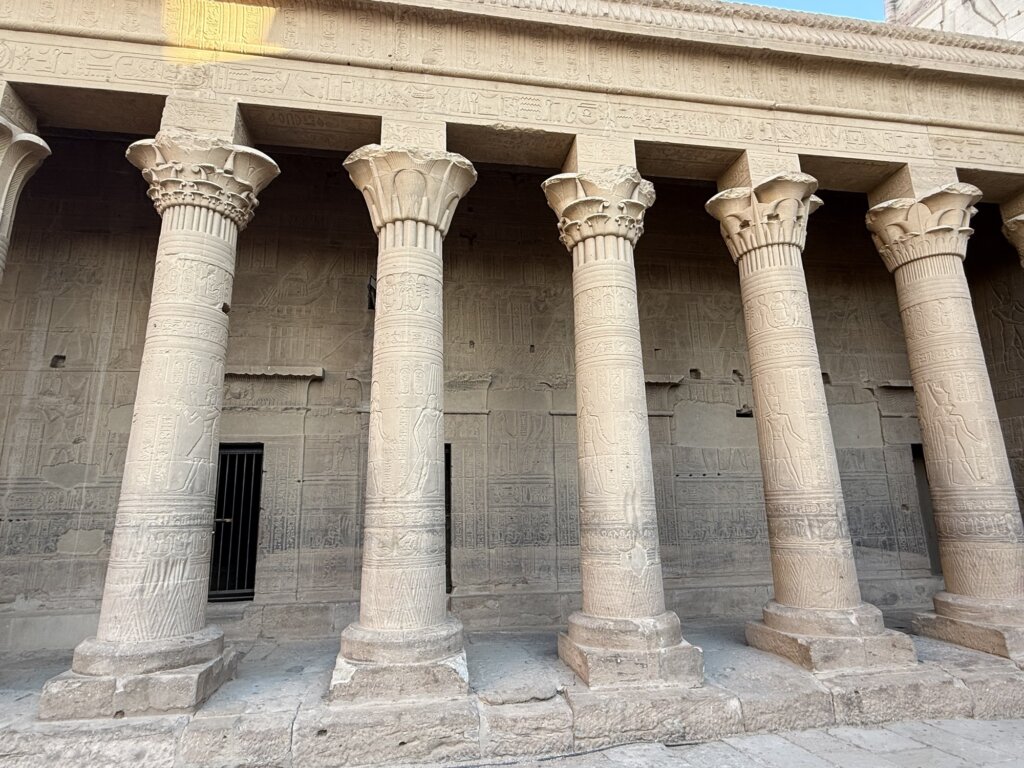
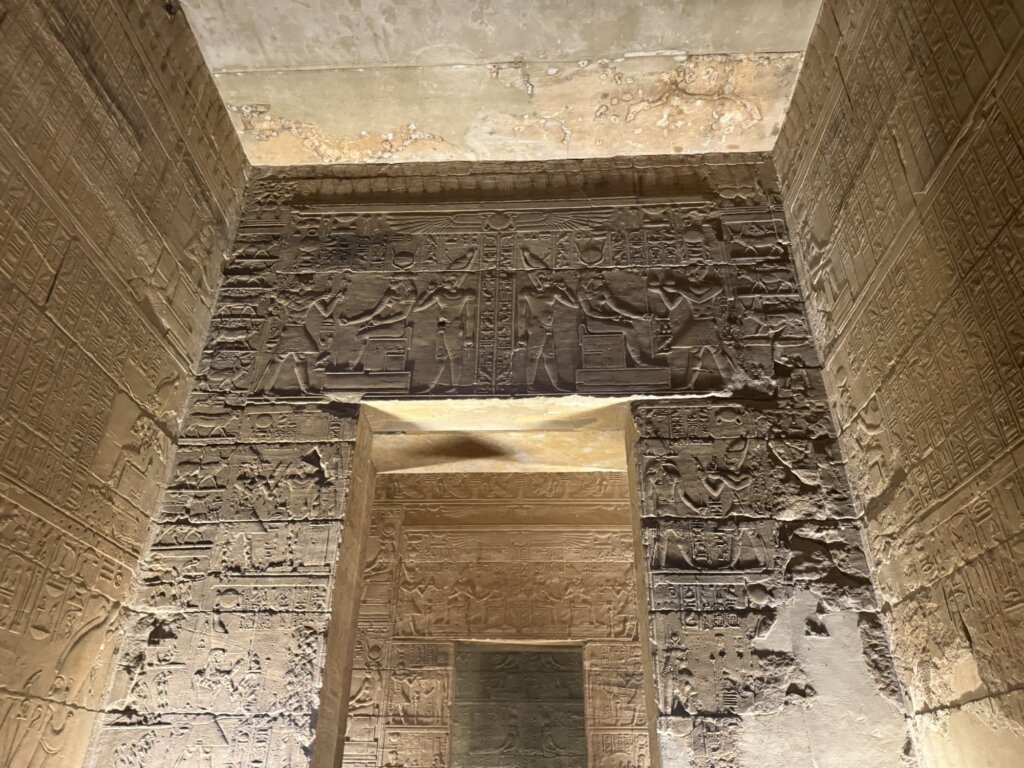
One of the temple’s most distinctive moments came in the 20th century when it faced near destruction from rising waters after the construction of the Aswan Dam. In a feat of international collaboration led by UNESCO during the 1960s, the entire complex was meticulously relocated stone by stone – over 50,000 blocks – to nearby Agilkia Island. This monumental rescue not only saved Philae from submersion but ensured that the temple remained accessible as a living museum of Egyptian civilisation. Now resting in the calm waters of Lake Nasser, the site retains its original orientation and layout, preserving both its sacred geometry and the serenity of its island setting.
Architecturally, Philae embodies some of the finest examples of Ptolemaic craftsmanship. The entrance is marked by towering pylons engraved with reliefs of kings making offerings to Isis and Horus, symbols of divine authority and order. Inside lies the Hypostyle Hall, with ten columns crowned by floral capitals echoing both Egyptian and Roman design motifs. The Birth House, or Mammisi, celebrates the divine nativity of Horus, while the inner Sanctuary of Isis once housed the goddess’s sacred barque. Every wall depicts scenes of mythological rebirth and celestial protection, with vivid carvings of deities and rituals that remain remarkably well preserved.
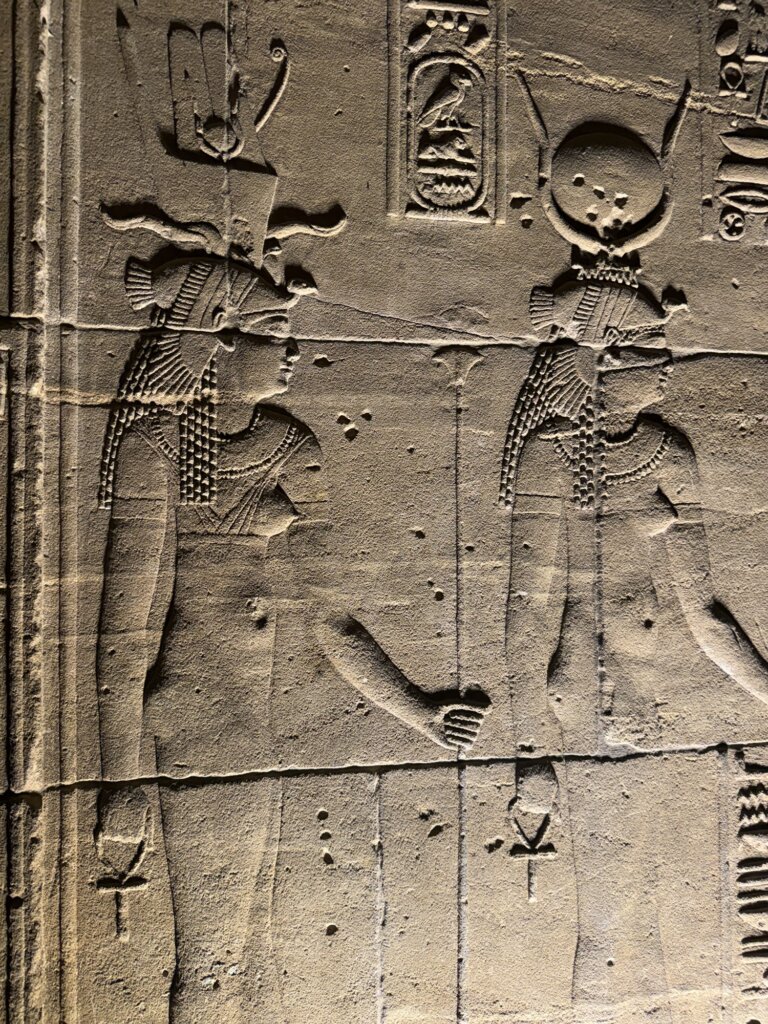

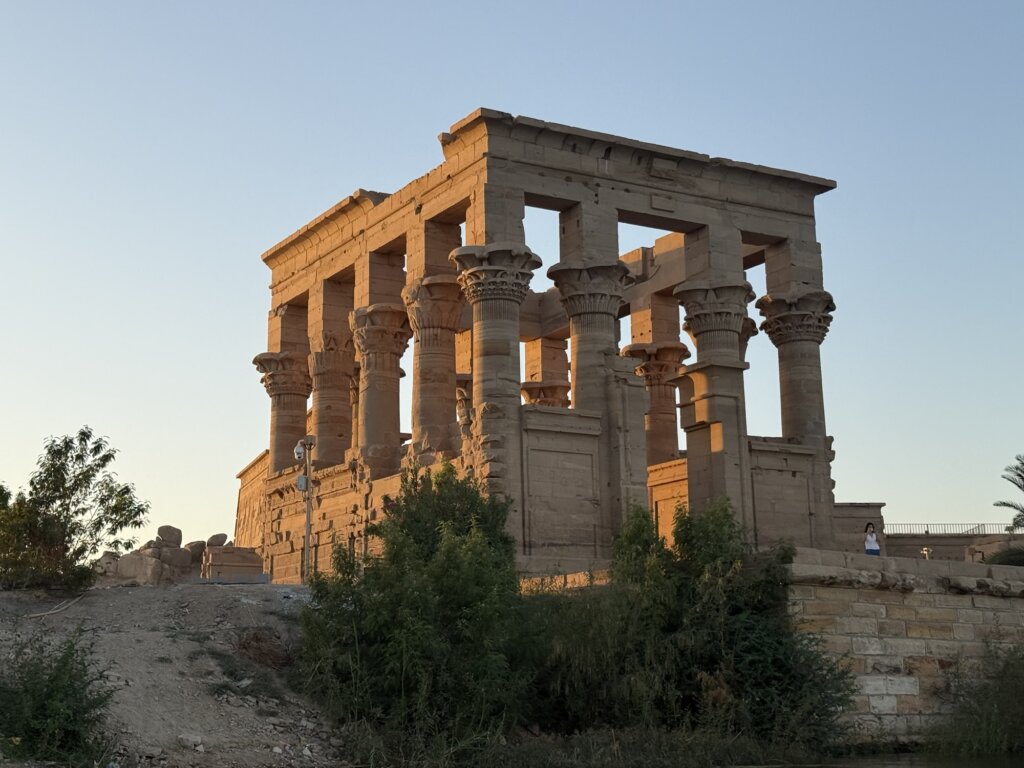
Today, visitors reach the temple by a short boat ride, gliding over waters that shimmer beneath the Nubian sun. On Agilkia Island, travellers can explore the complex’s courtyards, shrines to Hathor and Imhotep, and the famous Kiosk of Trajan, whose elegant columns rise dramatically against the sky. By day, the sunlight illuminates the intricate reliefs; by night, the Sound and Light Show transforms the sanctuary into a spectacle of story and illumination. Standing among these ancient stones, one senses the enduring pulse of Egypt’s spiritual heart – a union of architecture, devotion, and nature that continues to captivate all who come to its shores.
Temple of Philae
أسوان
Egypt
Loading map...

